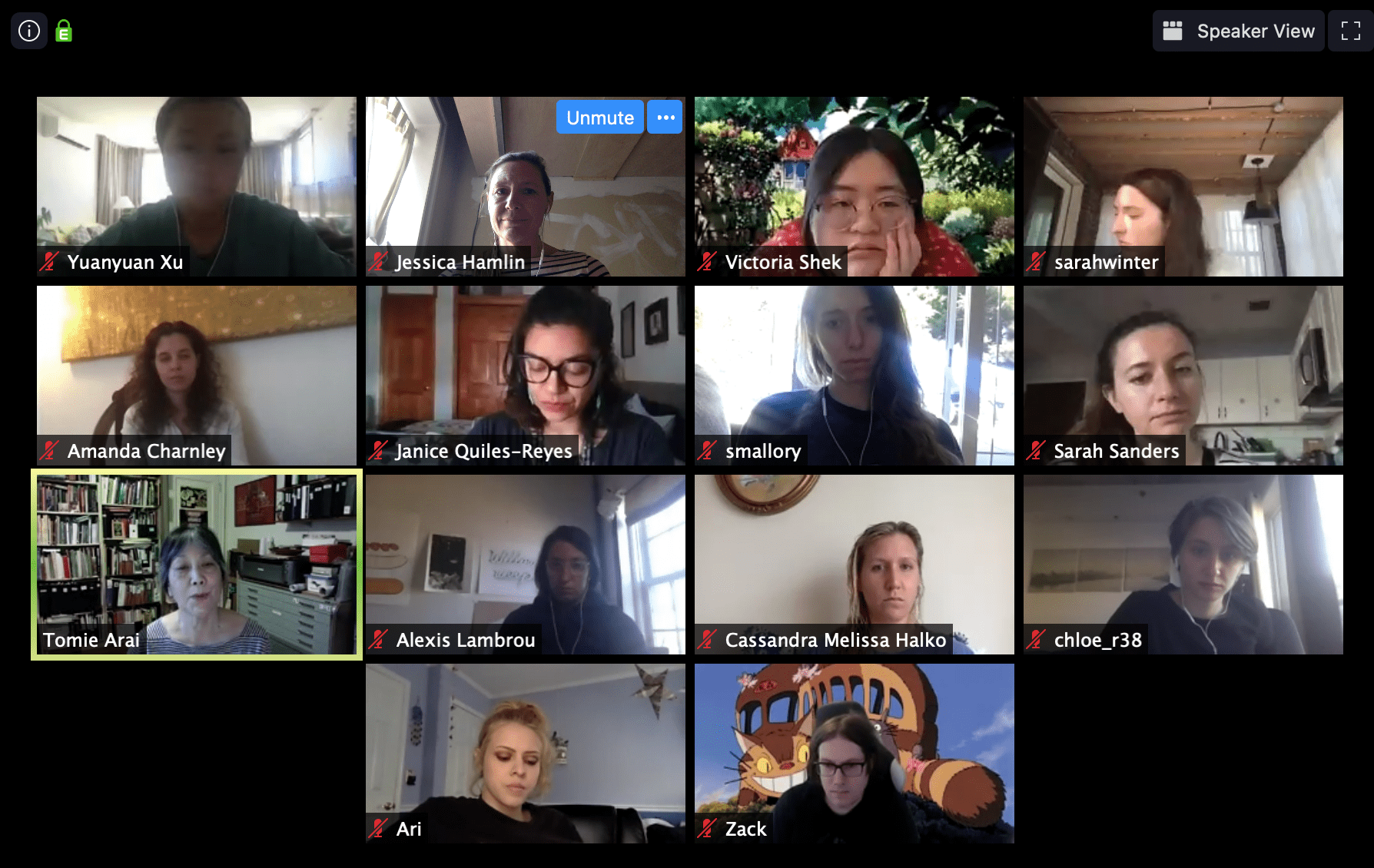
Our Spring 2020 Research in Art + Education class welcomed artist and activist Tomie Arai. Tomie shared her experiences using oral history and interviewing for her series, Portraits from Chinatown, and as a co-founder of Chinatown Art Brigade with artists Betty Yu and ManSee Kong. In our discussion, Tomie shared examples of working within communities, the importance of sharing stories in native voice and language, and collecting stories that connect the personal and the political such as experiences of gentrification in New York’s Chinatown and the history of immigration in San Francisco. These topics are helpful to consider as students developing strategies to connect with communities for the final capstone project. Given the realities of social distancing as a result of the coronavirus we have had to dramatically alter the way we think about working in and with communities and connecting with people through the research process. One student appreciated how open and honest she was with us as a class, “I enjoyed how transparent Tomie was in regards to navigating the challenges of working with communities. It was really generous of her to share her time, insight, and even images of her upcoming project.”
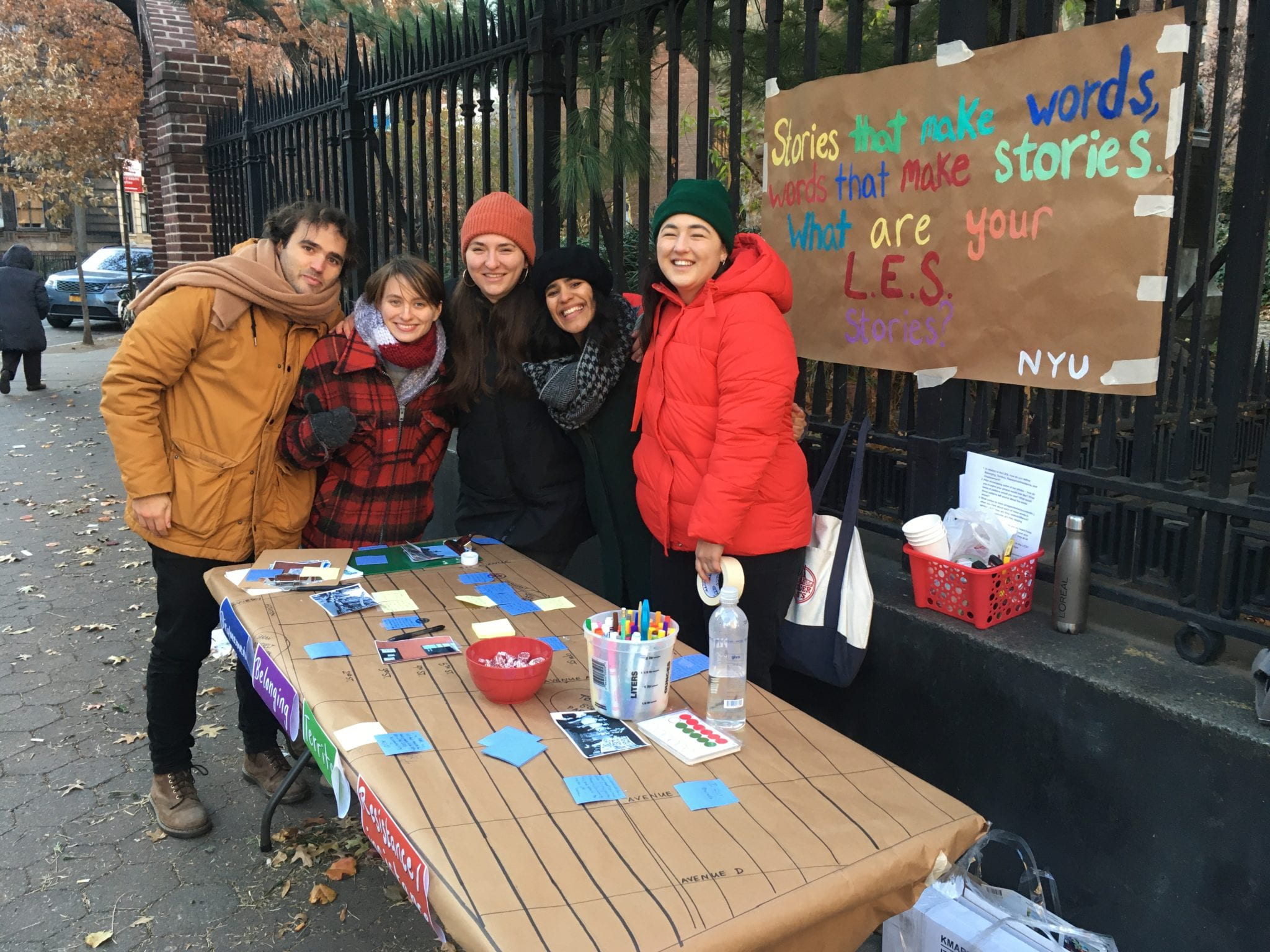
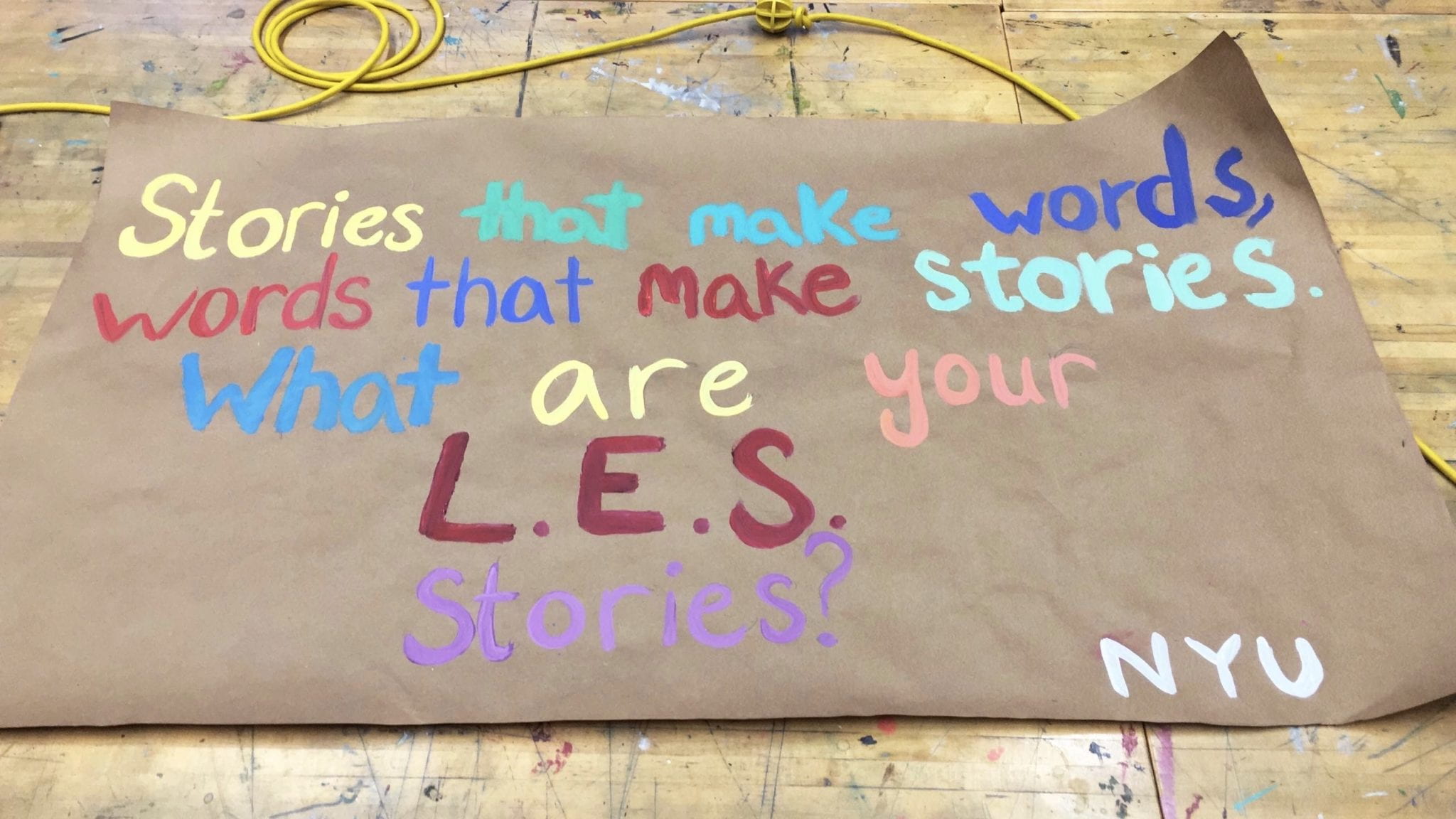



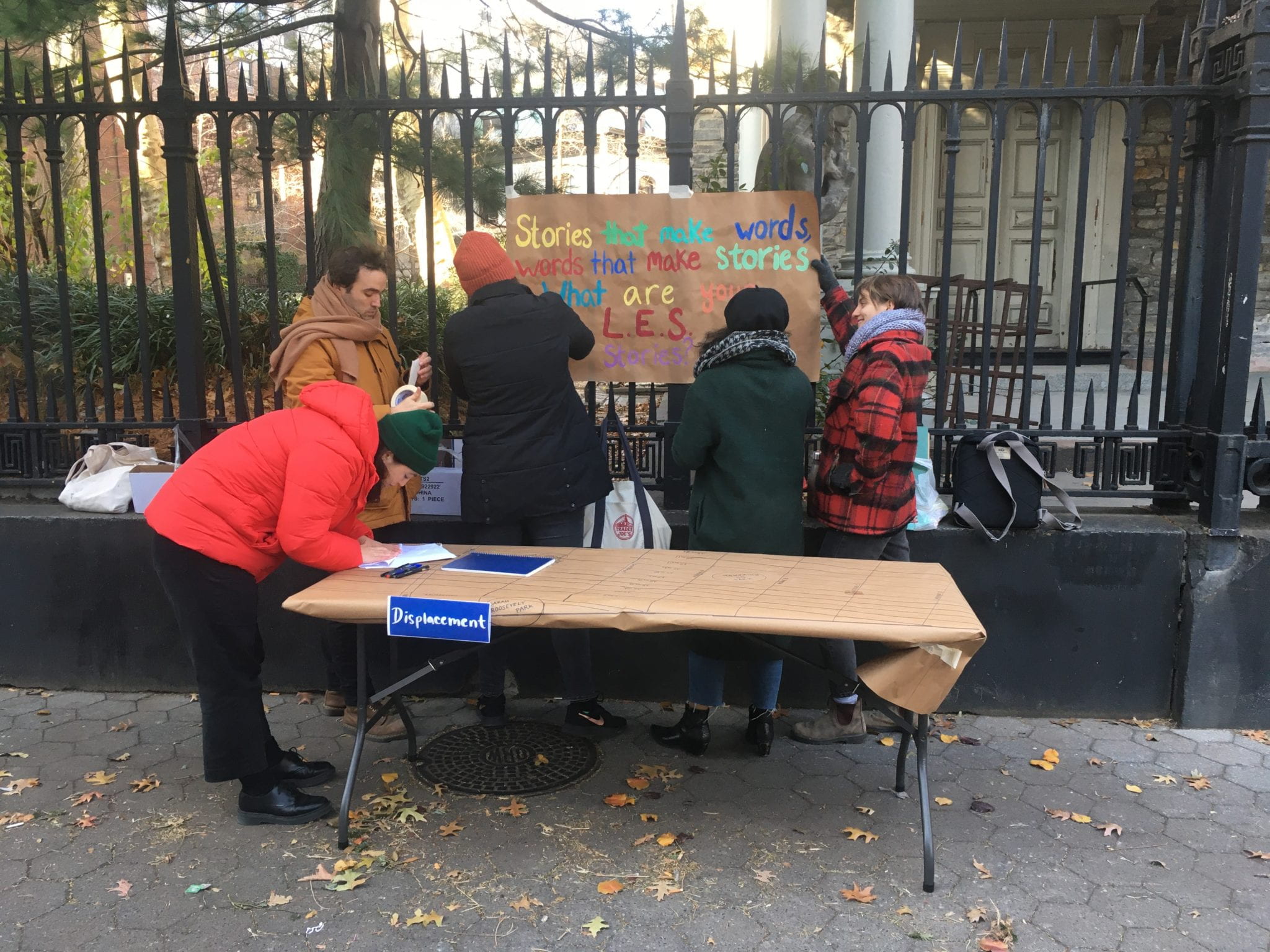





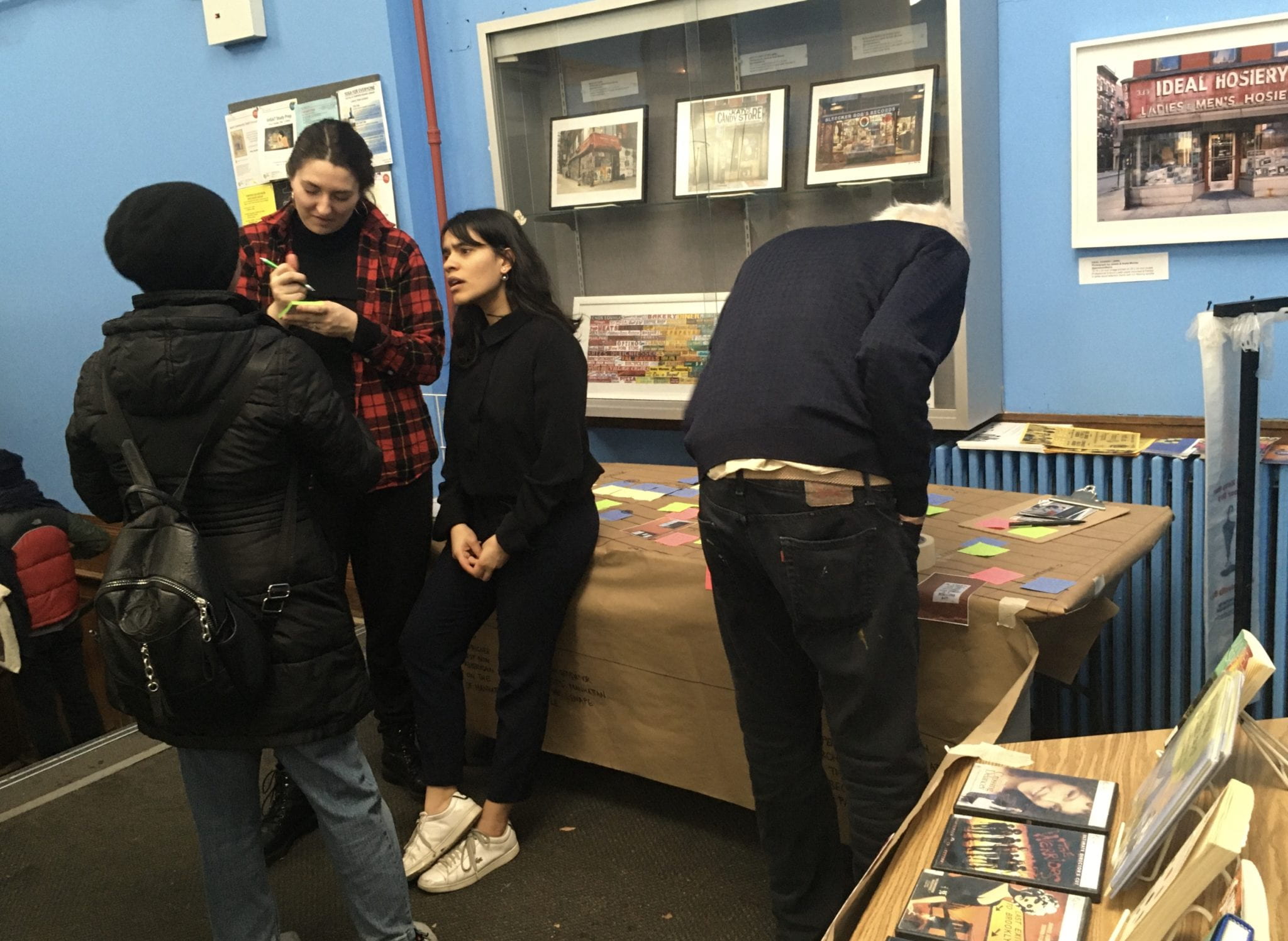









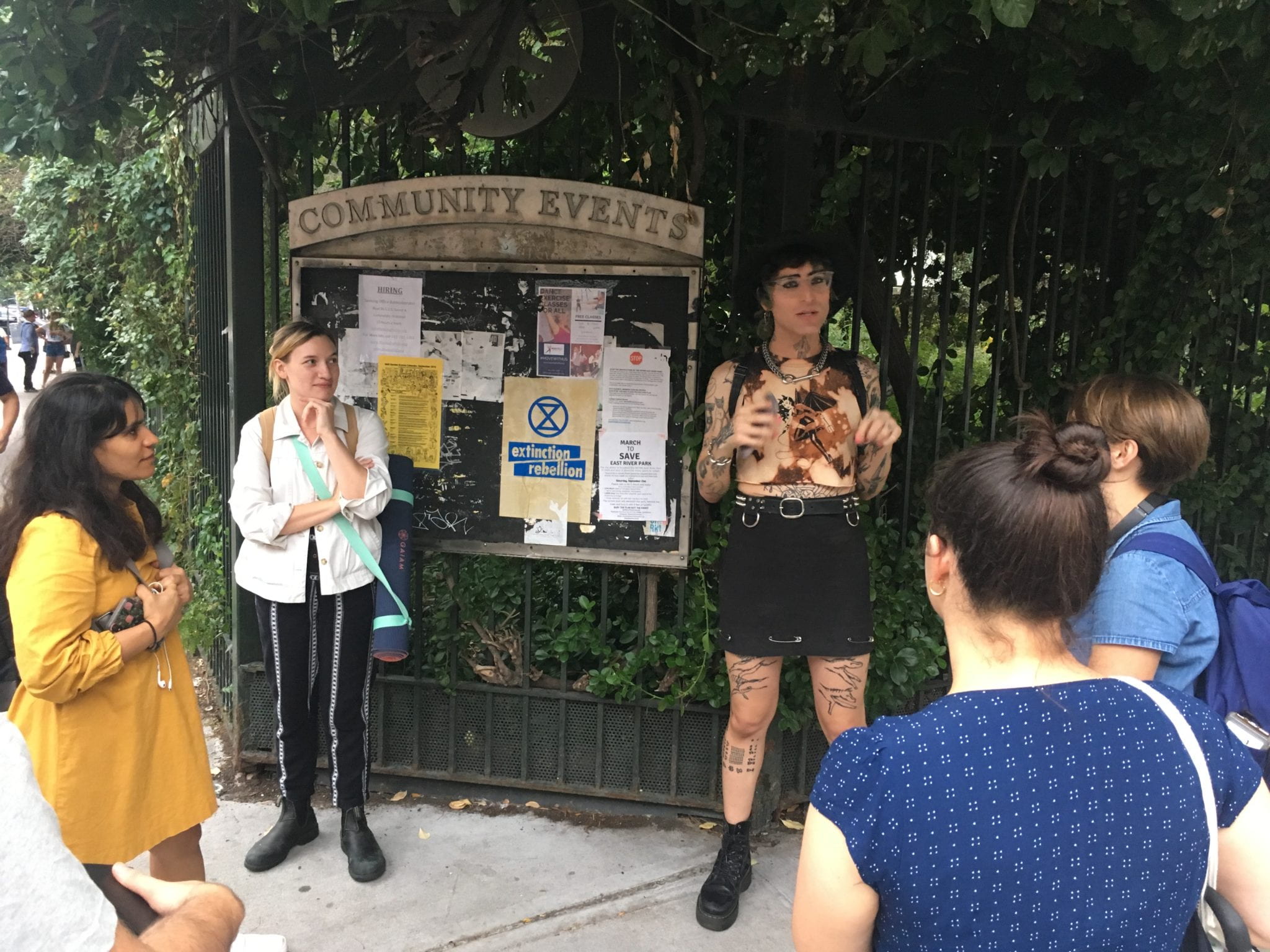
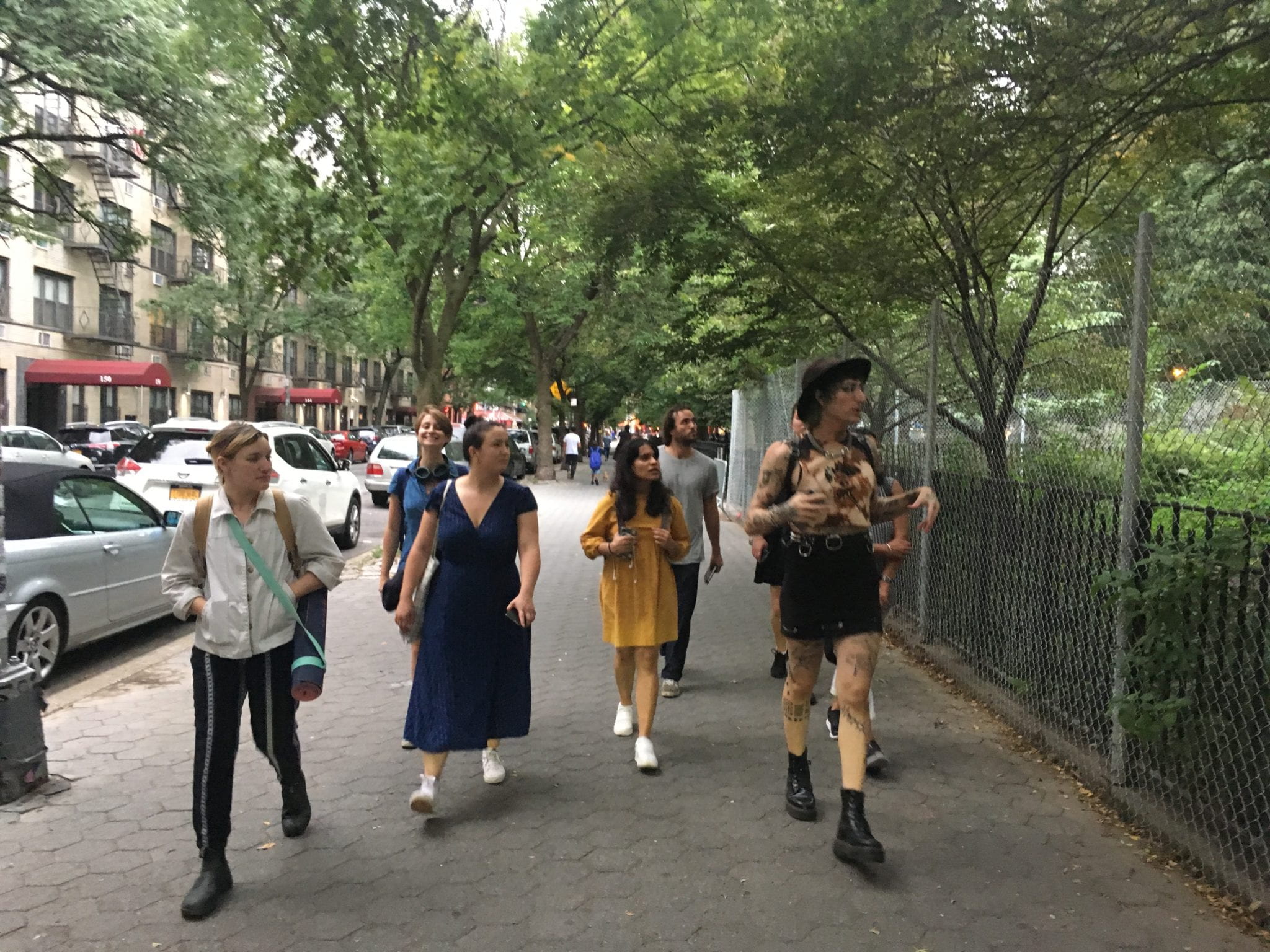
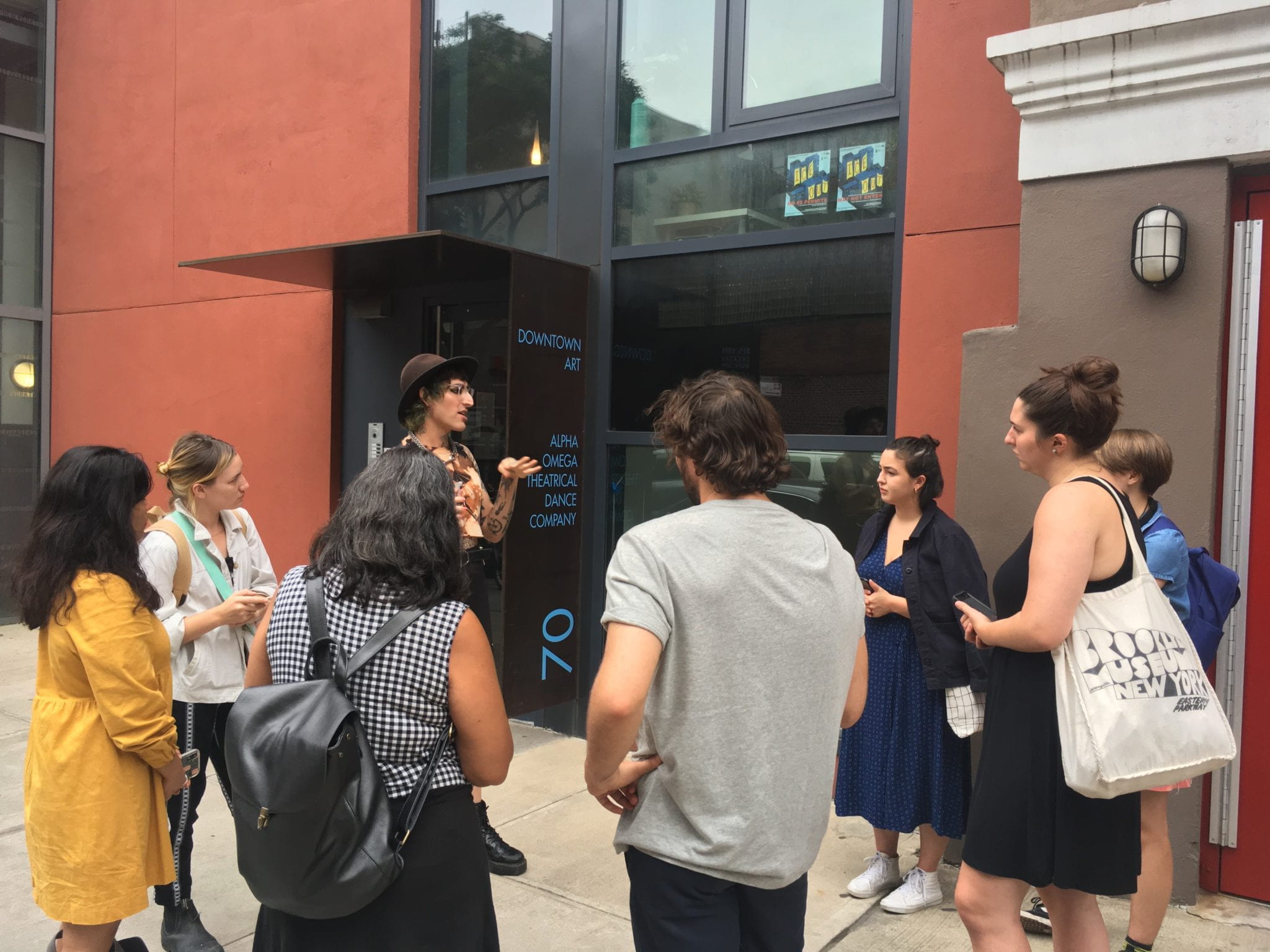
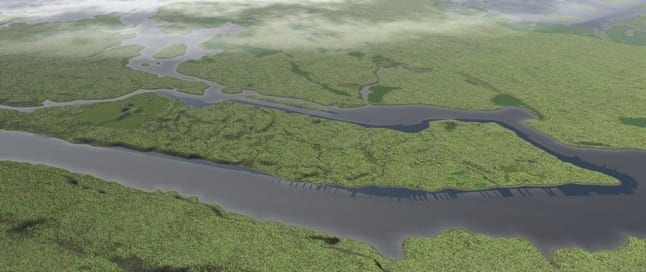
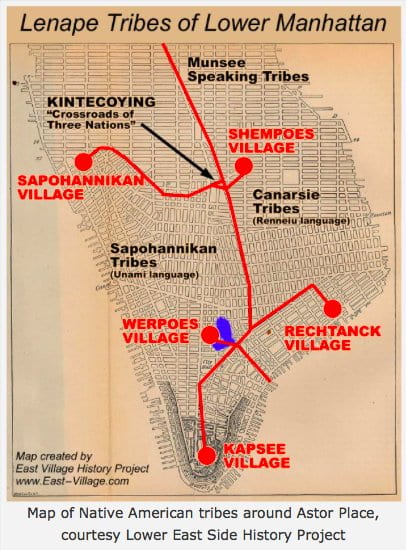
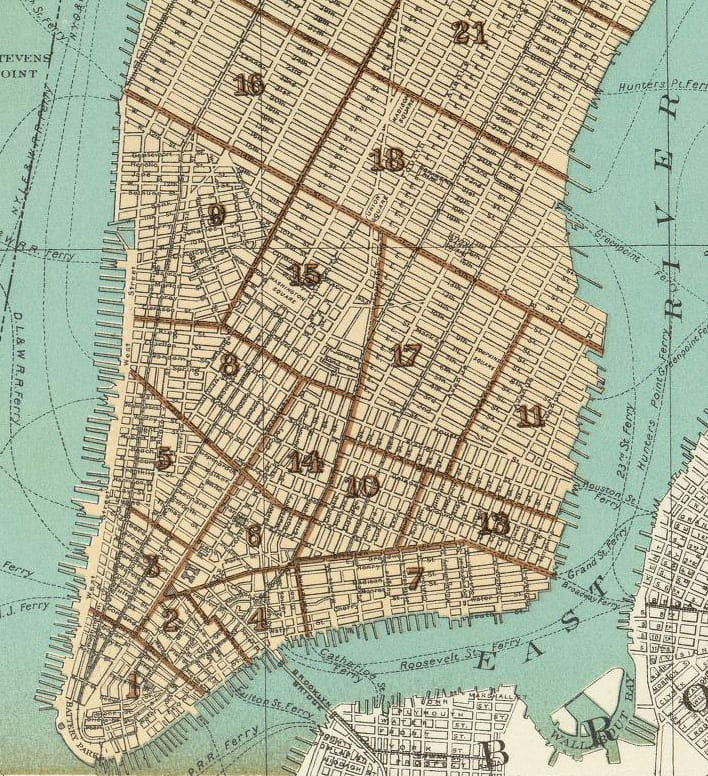
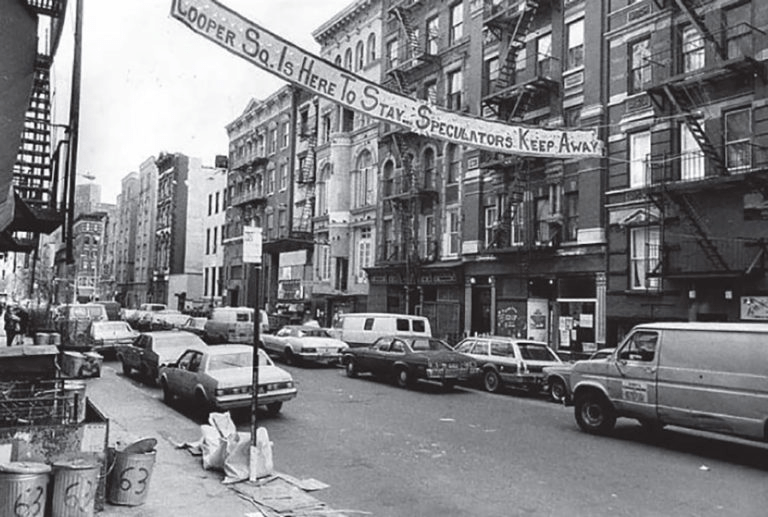
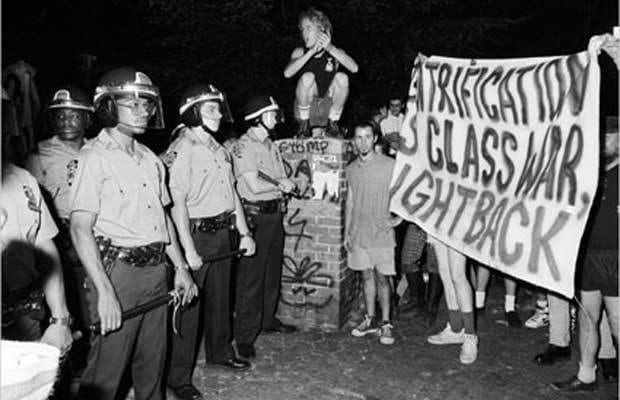
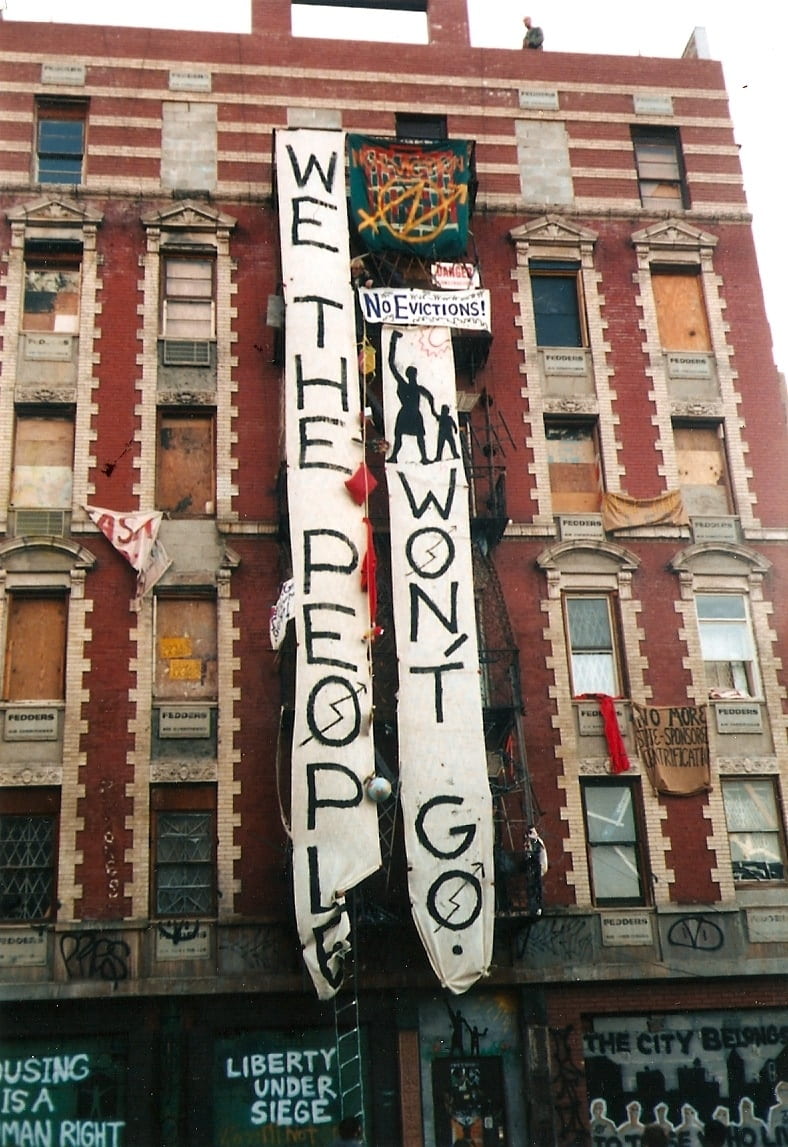
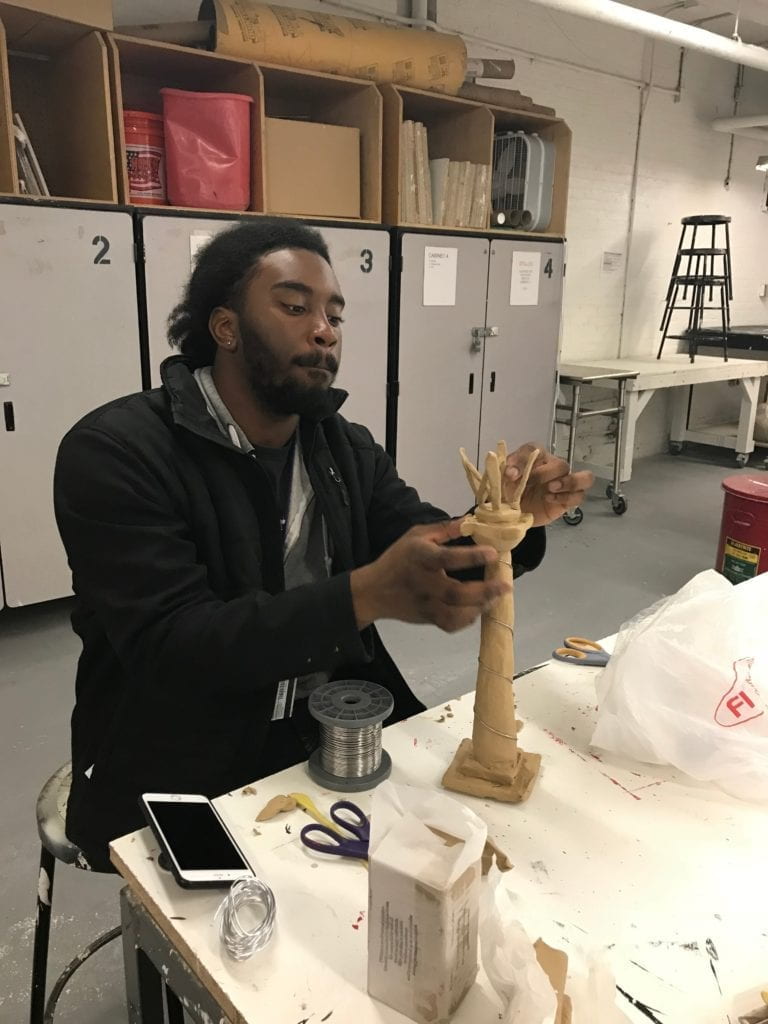
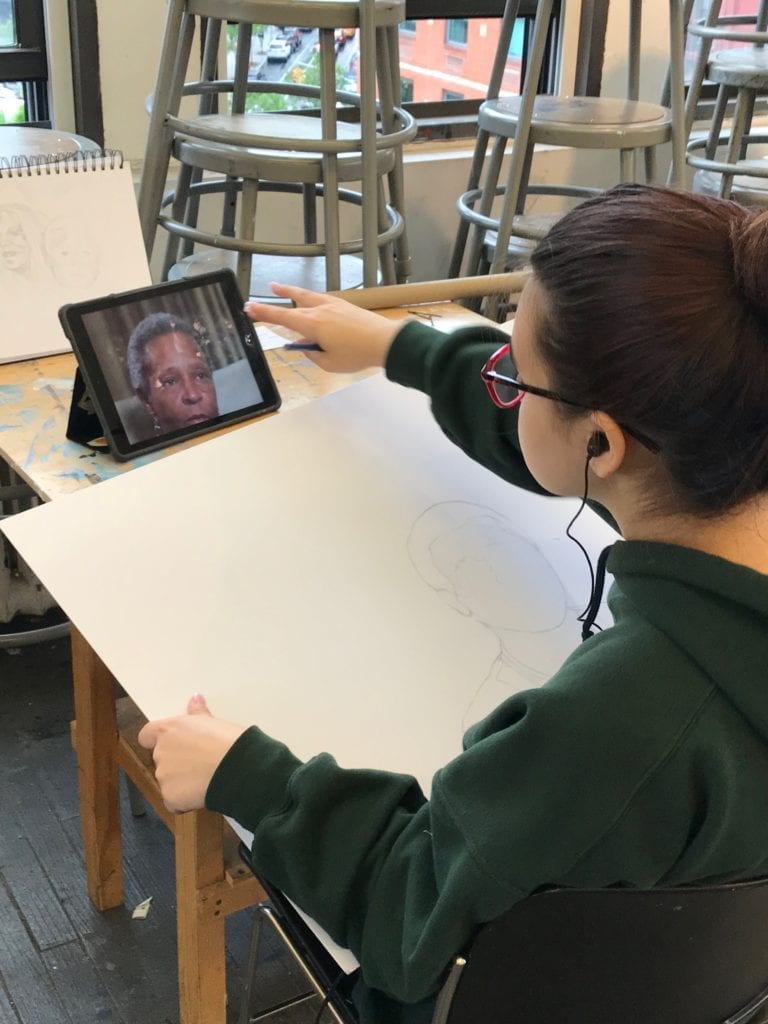
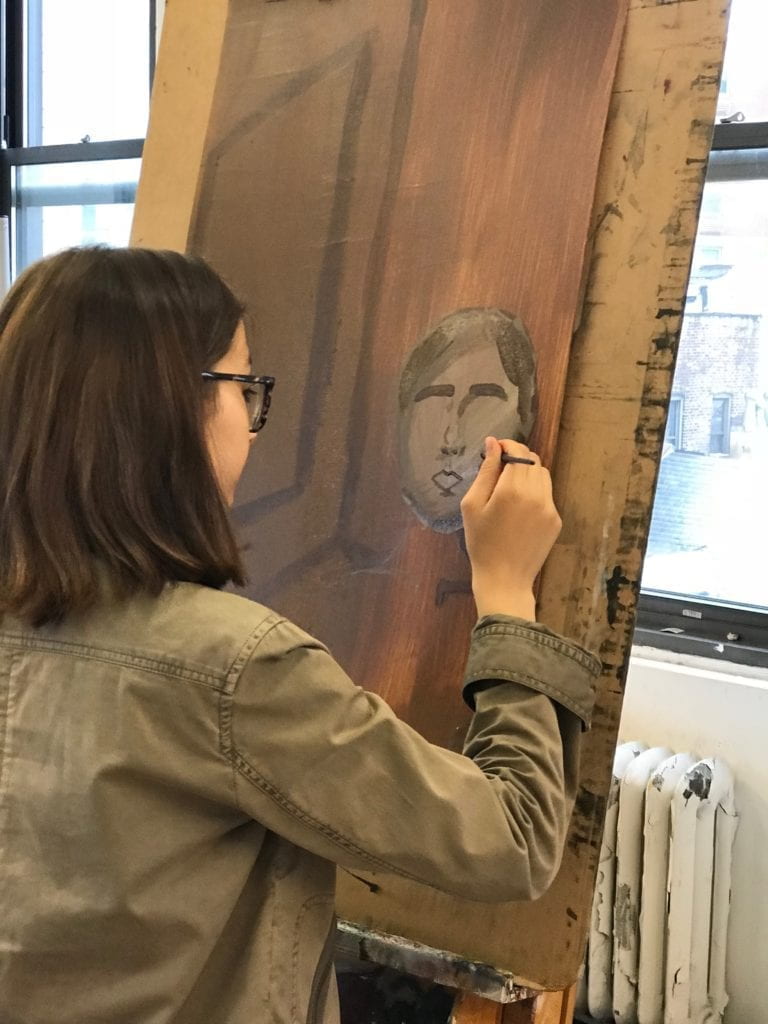













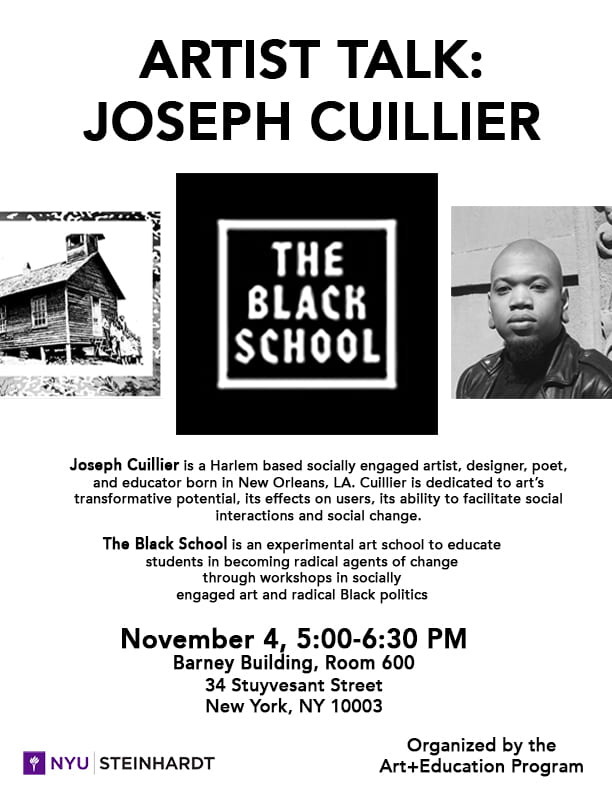



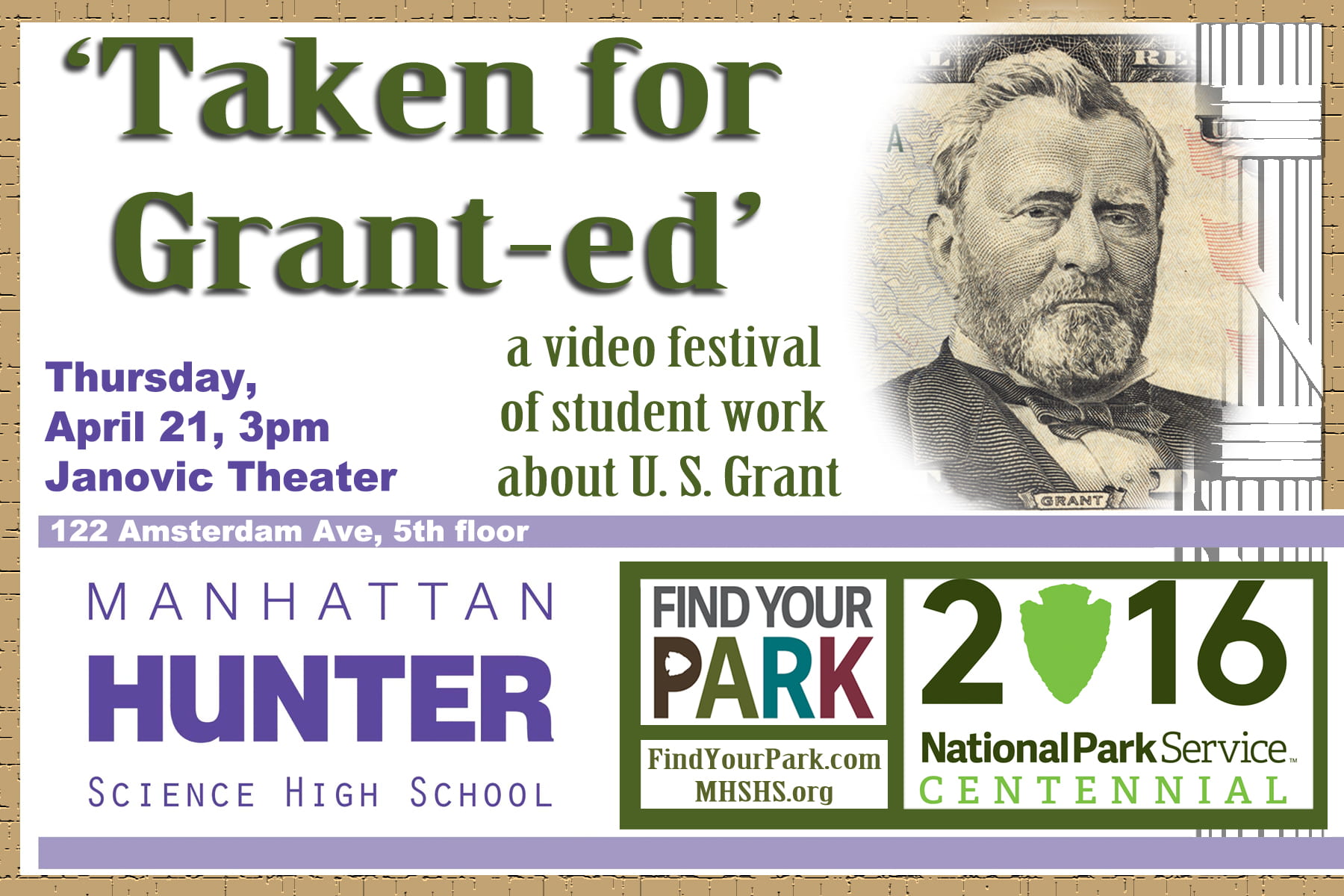
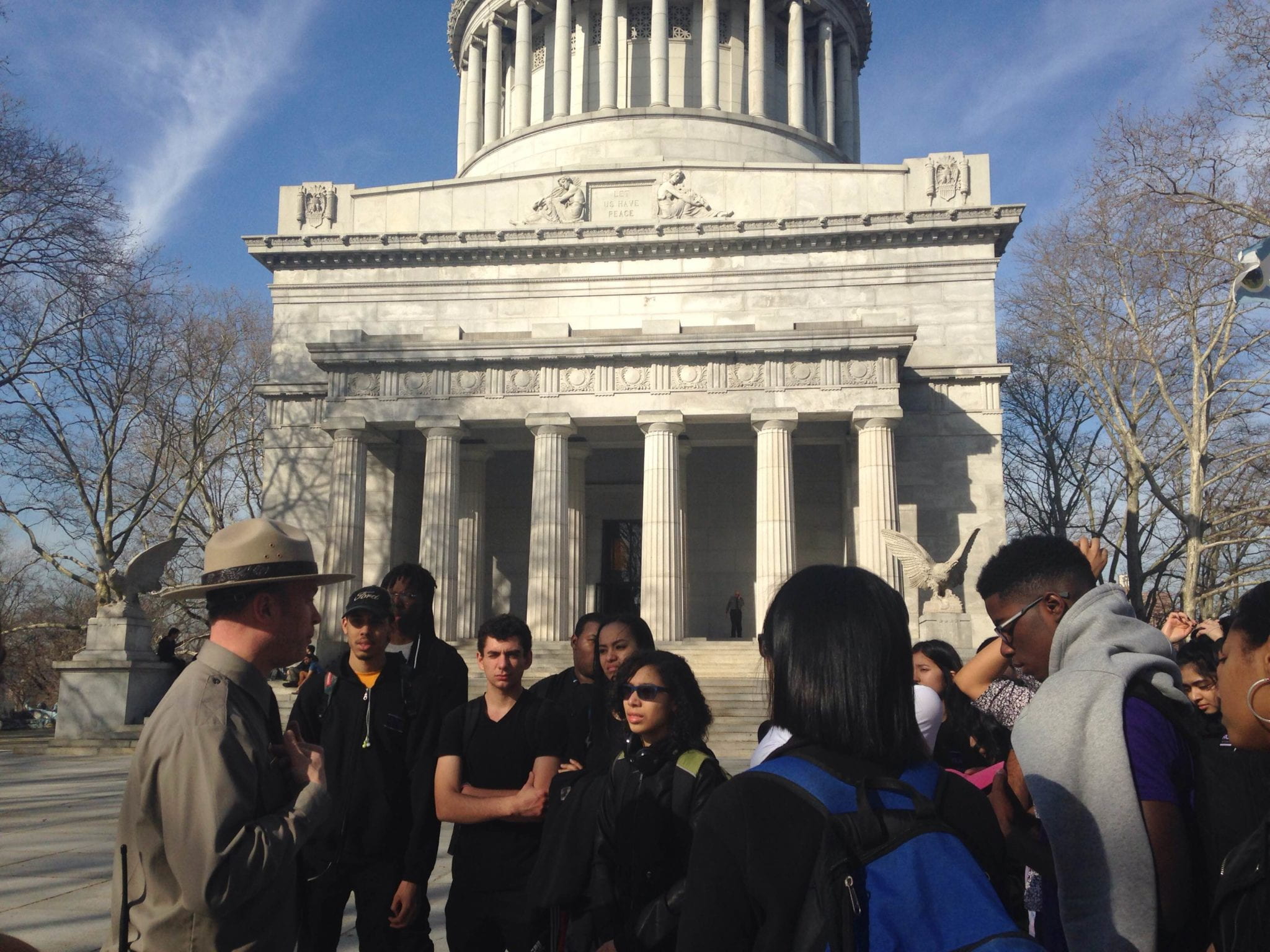
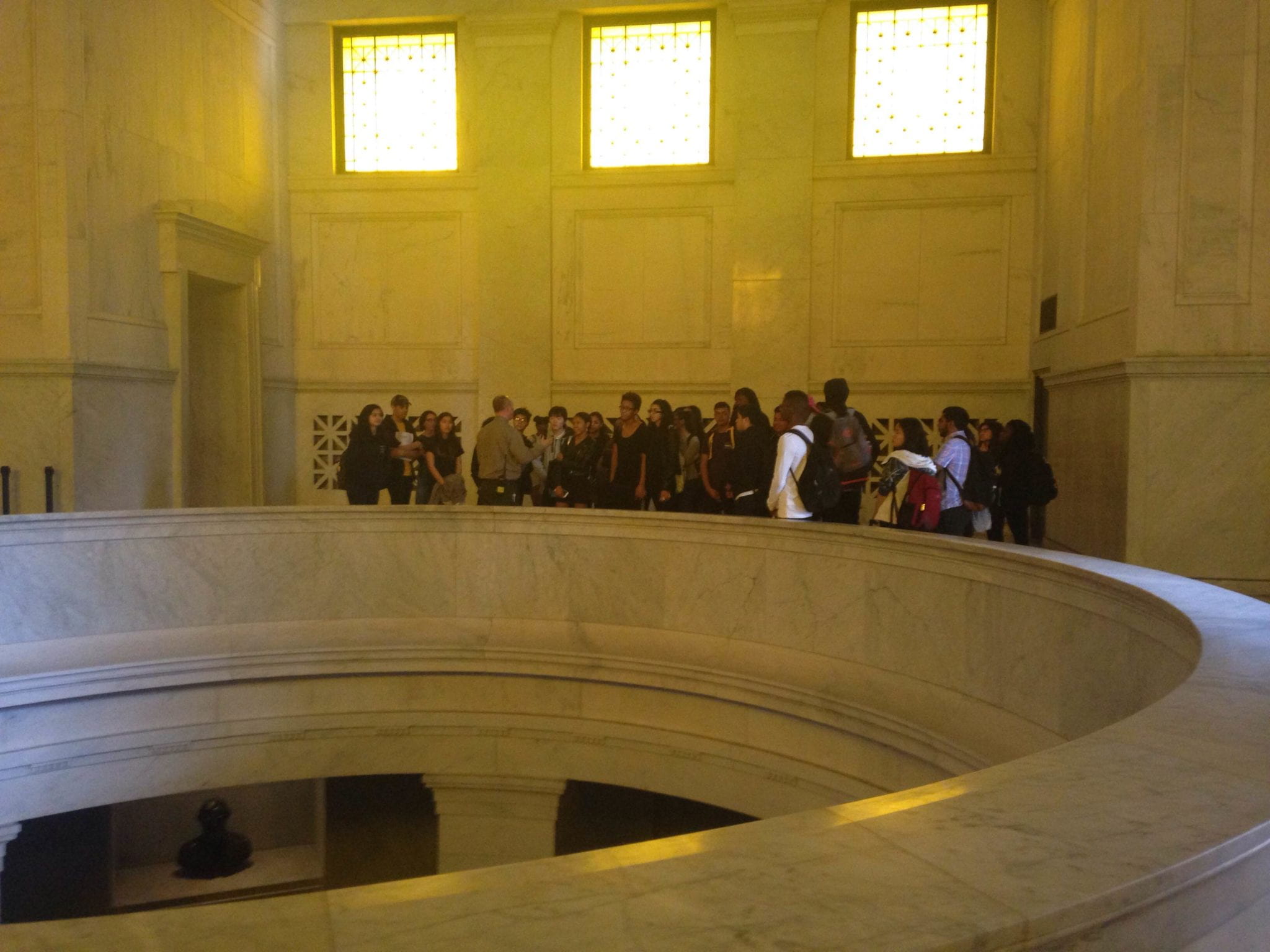
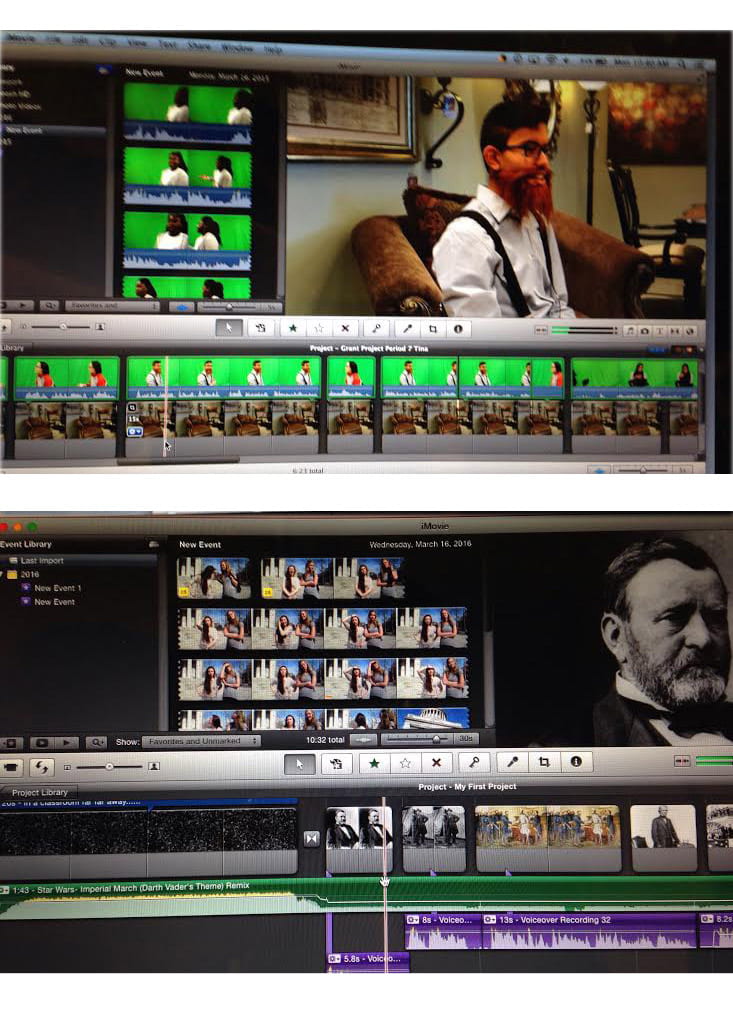 Past projects undertaken by this class have included collaborations with Concerned New Yorkers, Art 21, and Pioneer Works to motivate socially active projects.
Past projects undertaken by this class have included collaborations with Concerned New Yorkers, Art 21, and Pioneer Works to motivate socially active projects.